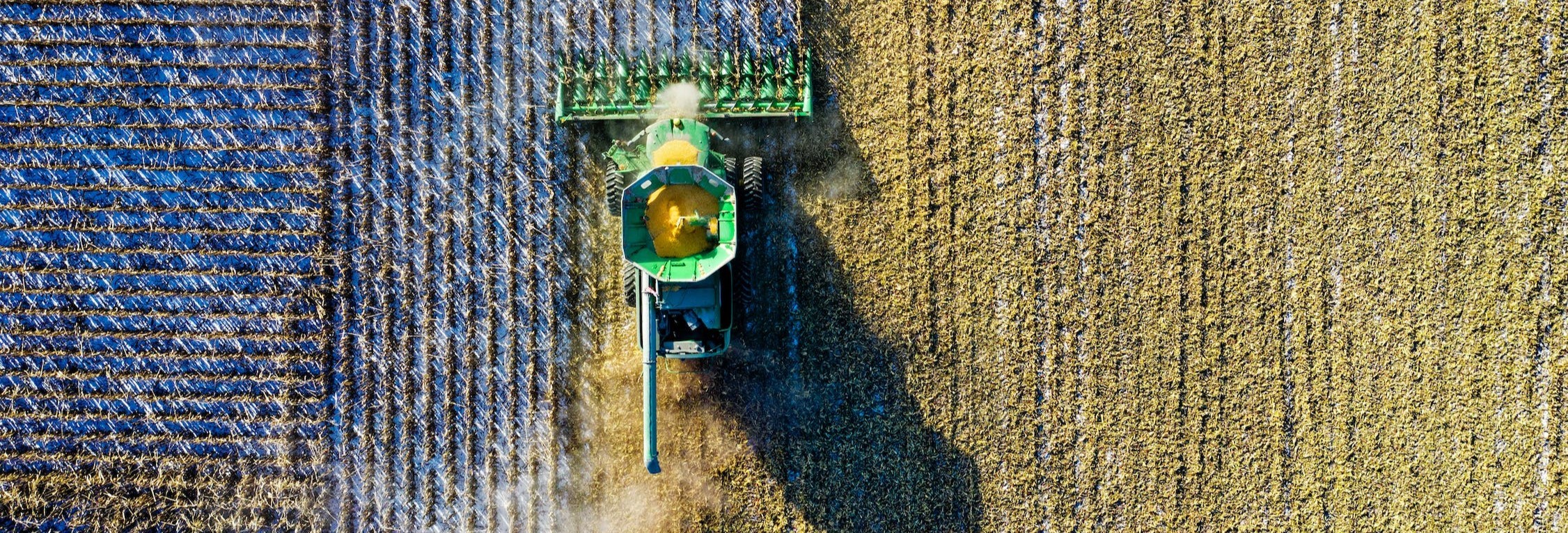Abstract
Bovine IgG diffusion measurement by tracking the movement of the protein over time in an in-vitro matrix is motivated by the large number of protein/peptide therapeutics currently under various stages of development in the pharmaceutical industry. Many of these therapeutics are monoclonal antibodies (IgG type proteins) that are candidates for subcutaneous, intra-vitreous and intra-articular administration depending on the target of the therapeutic. Hyaluronic acid (HA) is a major constituent and determines the key attributes of the subcutaneous environment, vitreous humor of the eye and synovial fluid of the knee joint. HA exhibits varying molecular weight at these anatomic locations thereby influencing the in-vivo behavior of the injected therapeutic. This work provides a pre-clinical in-vitro tool to screen protein therapeutics and measure their diffusion in a HA matrix and predict their in-vivo outcomes. The measurement was done using a repurposed cell culture chamber containing 6 mm deep HA and the movement of triplicate 20 uL bovine IgG injection in the HA matrix was imaged by using gel imaging scanner. The imaging of bovine IgG was done label-free by activating the tryptophan residues at 280 nm and capturing the protein auto-fluorescence at 384 nm for 2-4 hours. HA matrices with varying viscosities were formulated using a single molecular weight HA lot or a blend of two HA lots of different molecular weights. IgG diffusion was measured in HA matrices of viscosities ranging from 0.2 Pa.s – 17.12 Pa.s. HA is a shear thinning non-Newtonian fluid and the blends ensure formulation of HA with the desired viscosity. The IgG diffusion decreases as the HA viscosity increases for measurements done in high viscosity HA (above 5 Pa.s). IgG diffusion is anomalous in the low viscosity HA (below 5 Pa.s) owing to the extremely fast diffusion and external disturbances that hinder the protein movement, thus impacting the imaging. The IgG diffusion measurement in high viscosity HA agrees with the general inversely proportional relationship between viscosity and diffusion coefficient. We are currently studying diffusion of proteins in low viscosity HA matrices.
Start Date
7-3-2024 10:30 AM
Recommended Citation
Debbarma, Riya; dos Santos, Antonio C. F.; Ramiez Gutierrez, Diana Milena; da Cunha, Fernanda M.; and Ladisch, Michael, "Measurement and Imaging of Intra Matrix IgG Diffusion" (2024). Graduate Industrial Research Symposium. 7.
https://docs.lib.purdue.edu/girs/2024/posters/7
Included in
Amino Acids, Peptides, and Proteins Commons, Biotechnology Commons, Equipment and Supplies Commons, Therapeutics Commons
Measurement and Imaging of Intra Matrix IgG Diffusion
Bovine IgG diffusion measurement by tracking the movement of the protein over time in an in-vitro matrix is motivated by the large number of protein/peptide therapeutics currently under various stages of development in the pharmaceutical industry. Many of these therapeutics are monoclonal antibodies (IgG type proteins) that are candidates for subcutaneous, intra-vitreous and intra-articular administration depending on the target of the therapeutic. Hyaluronic acid (HA) is a major constituent and determines the key attributes of the subcutaneous environment, vitreous humor of the eye and synovial fluid of the knee joint. HA exhibits varying molecular weight at these anatomic locations thereby influencing the in-vivo behavior of the injected therapeutic. This work provides a pre-clinical in-vitro tool to screen protein therapeutics and measure their diffusion in a HA matrix and predict their in-vivo outcomes. The measurement was done using a repurposed cell culture chamber containing 6 mm deep HA and the movement of triplicate 20 uL bovine IgG injection in the HA matrix was imaged by using gel imaging scanner. The imaging of bovine IgG was done label-free by activating the tryptophan residues at 280 nm and capturing the protein auto-fluorescence at 384 nm for 2-4 hours. HA matrices with varying viscosities were formulated using a single molecular weight HA lot or a blend of two HA lots of different molecular weights. IgG diffusion was measured in HA matrices of viscosities ranging from 0.2 Pa.s – 17.12 Pa.s. HA is a shear thinning non-Newtonian fluid and the blends ensure formulation of HA with the desired viscosity. The IgG diffusion decreases as the HA viscosity increases for measurements done in high viscosity HA (above 5 Pa.s). IgG diffusion is anomalous in the low viscosity HA (below 5 Pa.s) owing to the extremely fast diffusion and external disturbances that hinder the protein movement, thus impacting the imaging. The IgG diffusion measurement in high viscosity HA agrees with the general inversely proportional relationship between viscosity and diffusion coefficient. We are currently studying diffusion of proteins in low viscosity HA matrices.


